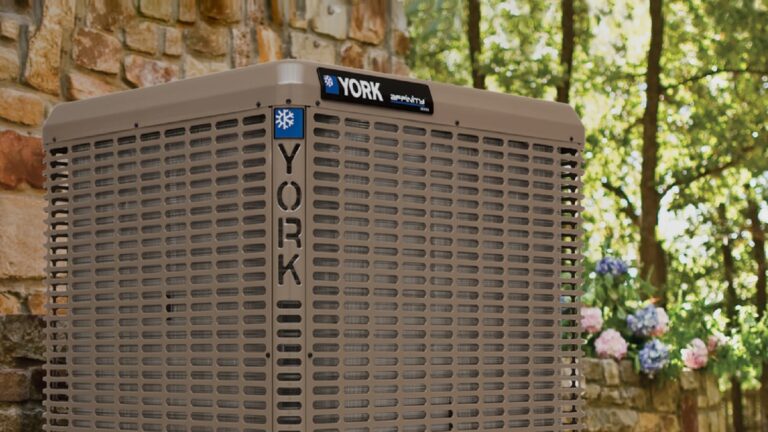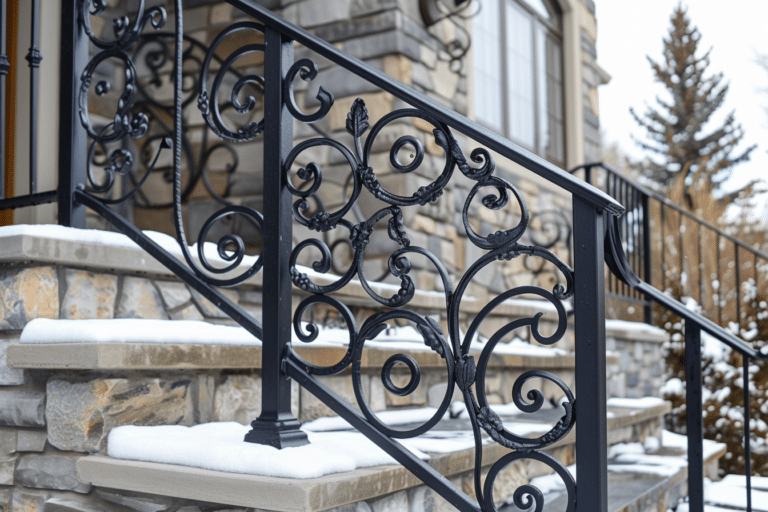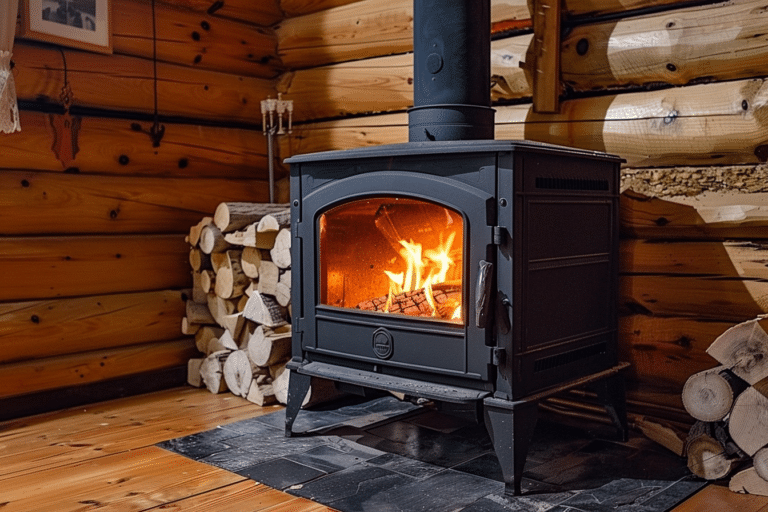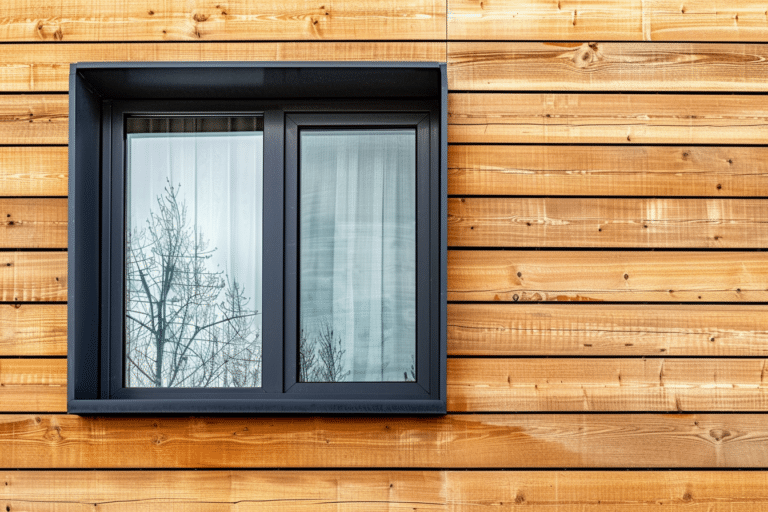| Key Takeaways |
|---|
| Roll roofing cost ranges from $2.00 to $5.50 per square foot installed. |
| The average total cost to install roll roofing ranges from $3,200 to $12,000. |
| Roll roofing is an affordable, weatherproof option but has a shorter lifespan than other roofing materials. |
| Average costs can be influenced by factors such as roof size, material selection, and labor. |
$2.00 – $5.50 Cost Per Square Foot Installed
$3,200 – $12,000 Average Total Cost to Install
Roll Roofing Cost
Roll roofing is a budget-friendly roofing option, ideal for low-incline or flat roofs. Here’s a detailed breakdown of the costs associated with installing roll roofing:
| Roof Size (Square Feet) | Total Cost to Install |
|---|---|
| 1,000 | $2,000 – $5,500 |
| 1,200 | $2,400 – $6,600 |
| 1,500 | $3,000 – $8,300 |
| 1,700 | $3,400 – $9,400 |
| 2,000 | $4,000 – $11,000 |
| 2,500 | $5,000 – $13,800 |
| 3,000 | $6,000 – $16,500 |
| 3,500 | $7,000 – $19,300 |
Average Cost to Install Roll Roofing
Nationally, the average cost to install roll roofing is influenced by several factors, including size, material, and labor costs.
| Factor | Cost |
|---|---|
| National Average Cost | $8,800 |
| Minimum Cost | $1,500 |
| Maximum Cost | $17,500 |
| Average Cost Range | $3,000 to $12,500 |
Rolled Roofing Cost Per Square Foot
The cost of rolled roofing per square foot can vary widely, depending on various contributing factors:
| Factor | Cost Per Square Foot |
|---|---|
| Old Roof Removal | $1.00 – $2.00 |
| Materials | $0.50 – $1.50 |
| Installation Labor | $1.50 – $4.00 |
| Total Cost | $3.00 – $7.50 |
Roll Roofing Prices by Type
Different types of roll roofing materials have varying costs and characteristics:
| Type | *Average Price Per Roll ** | Details |
|---|---|---|
| Saturated Felt | $15 – $30 | Paper or wood chip base mixed with asphalt, commonly used as underlayment |
| Smooth Finish | $15 – $30 | Saturated felt coated with talc |
| Mineral-Surfaced Roofing (MSR) | $40 – $50 | Saturated felt or fiberglass mat with rock granules on one side |
| Modified Bitumen | $70 – $220 | Asphalt reinforced with plastic or rubber; more durable than felt |
| Rubber (EPDM) | $50 – $350 | Made with recycled rubber material, durable, UV-resistant |
| Thermoplastic (TPO) | $100 – $250 | Made with plastic and rubber, durable |
Pros and Cons of Roll Roofing
Before deciding on roll roofing, it is important to understand its benefits and drawbacks:
| Rolled Roofing Pros and Cons |
|——————-|—————–|
| Pros | Cons |
| – Inexpensive | – Not the most durable option |
| – Quick installation | – Relatively short lifespan |
| – Self-adhesive options | – Not aesthetically pleasing |
| – Easy to transport | – Not allowed in some HOAs |
| – Weatherproof | – Limited color choices | |
What Is Roll Roofing?
Roll roofing, also known as rolled roofing, is a cost-effective alternative to traditional shingles. This material is made from the same materials as asphalt shingles, which are rolled out in large sheets. Installing roll roofing is relatively simple and quick, making it a popular choice for low-slope residential roofing projects.
When and Where to Use Roll Roofing
Roll roofing is most commonly used on low-slope roofs that are less visible from the ground. It is ideal for sheds, garages, and other outbuildings. However, it can also be used for residential homes with suitable roof inclines.
How Long Does a Rolled Roof Last?
The lifespan of roll roofing can vary depending on the material used and environmental factors. Generally, a well-maintained rolled roof can last between 5 to 15 years.
Can You Put Rolled Roofing Over Old Rolled Roofing?
While it is possible to install new rolled roofing over an old layer, it is not always advisable. Proper installation typically calls for the removal of the old roofing to ensure the new layer adheres correctly and provides a long-lasting barrier against the elements.
Can You Patch Rolled Roofing?
Yes, rolled roofing can be patched. Patching is a cost-effective solution for fixing damaged areas without replacing the entire roof. Ensure the area is clean and dry before applying the patch to guarantee adhesion.
Finding and Hiring a Roofing Contractor
Selecting a reliable contractor is crucial for a successful roofing project. Here are some steps to help you find and hire the best professional for the job:
- Research: Look for contractors with good reviews and extensive experience in roll roofing installations.
- Get Multiple Quotes: Obtain estimates from at least three contractors to compare prices and service offerings.
- Check References: Ask for references from previous clients and follow up to gauge the quality of the contractor’s work.
- Verify Credentials: Ensure the contractor is licensed, insured, and bonded.
- Get a Detailed Contract: A clear contract specifying materials, costs, timeframe, and warranty details can prevent misunderstandings.
Questions to Ask
When interviewing potential contractors, consider asking the following questions:
- How many years of experience do you have with roll roofing installations?
- Can you provide a detailed, written estimate?
- Do you carry workers’ compensation and liability insurance?
- What is the projected completion time for the project?
- Can you provide references from recent roll roofing projects?
By thoroughly vetting contractors and understanding the costs and benefits associated with roll roofing, homeowners can make informed decisions and ensure successful roofing projects.
Roll roofing offers an economical and practical solution for low-slope roofs. With the right material and a skilled contractor, it can provide an effective barrier against the weather, although it comes with some limitations in terms of durability and aesthetics. Take the time to research and plan your project carefully to ensure the best results.







